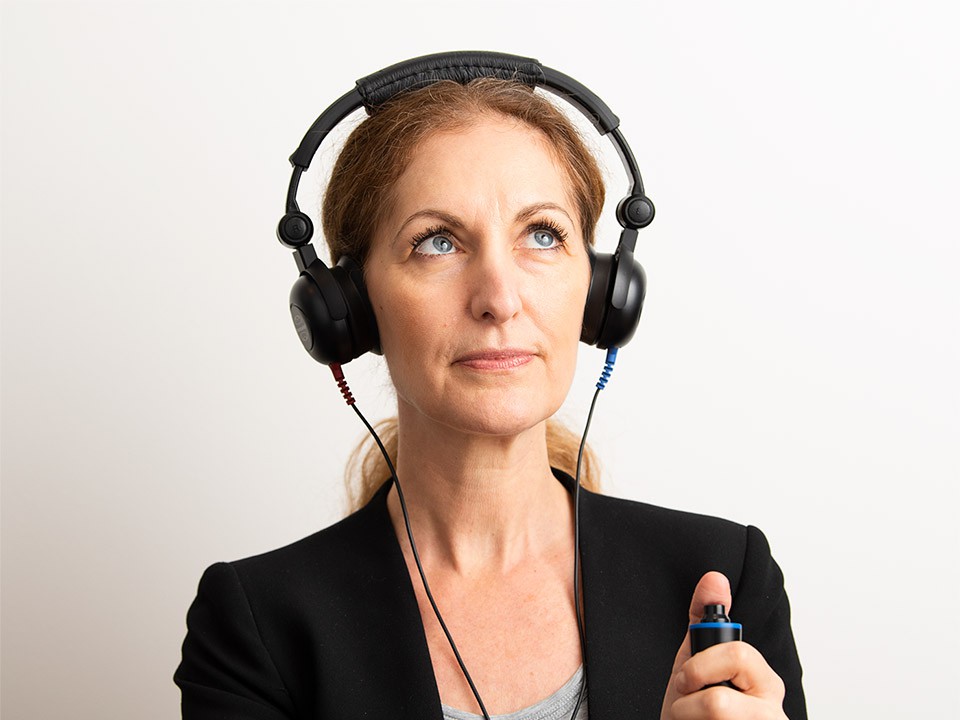Glue Ear
The human ear is made up of three parts essentially, the outer ear, the middle ear and the inner ear.
We hear when, sound waves travel through the outer ear, the vibration impacts on the eardrum which in turn motions the middle ear bones to transmit the vibration to the inner ear. The inner ear is a fluid filled structure known as the cochlea. The signals further travel from the cochlea to the auditory nerve and further on to the brain to interpret the signal.
Glue ear affects the middle ear chamber.
What are the causes?
Commonly, glue ear may develop when eustachian tube dysfunction or inflammation occurs in the ear. It can also result from an ear infection, and it is most common in children than adults. The middle ear chamber is usually an air-filled space, but when the glue ear develops, this chamber fills with the fluid matter. Due to this, the middle ear structures can be restricted and may often lead to temporary hearing loss.
Glue ear can impact one or both ears at any one time. It can correct itself over time, approximately 3 months, but at times you may need to seek further care from your GP.
What symptoms are important to watch:
Glue ear can include symptoms such as:
· Sensation of pressure, popping or earache · Tinnitus – a buzzing or ringing sound
· Difficulty to hear every day sounds and conversation
If you suspect a loved one or child may be experiencing Glue Ear, you can look for:
· Am I mishearing you?
· Am I talking louder?
· Do I need you to repeat what you say?
· Am I turning up the radio and/or television?
· Unsteady balance?
· In children we should consider speech, as prolonged experience of Glue Ear can impact on this development.
How a doctor or audiologist diagnose glue ear:
If your GP suspects or diagnoses Glue Ear, they may wait a small time to see if symptoms improve naturally. If they do not improve, your doctor may suggest Audiology care for further assessment.
Your Audiologist will look in and around your ear with an otoscope or video otoscope to examine the pinna, ear canal and eardrum. The audiologist may also use another Tympanometry test to gain further information on your middle ear pressure. This offers a strong indication if there is presence of middle ear fluid. The Audiologist may also continue with Pure Tone Audiometry. All these tests help to determine if you need to have further care with an Ear Nose and Throat specialist. Your ENT may offer treatments such as Grommets where Glue Ear is persisting.
If you are concerned about your hearing, contact us as soon as possible to book a free hearing test and talk to our audiologists about your experiences. Hearing loss can deteriorate quickly and lead to many general health problems, such as dementia and depression, but many people feel worried about visiting a hearing clinic. Our expert audiologists are committed to finding the best solutions for you and your lifestyle, so don’t put off seeking help.


